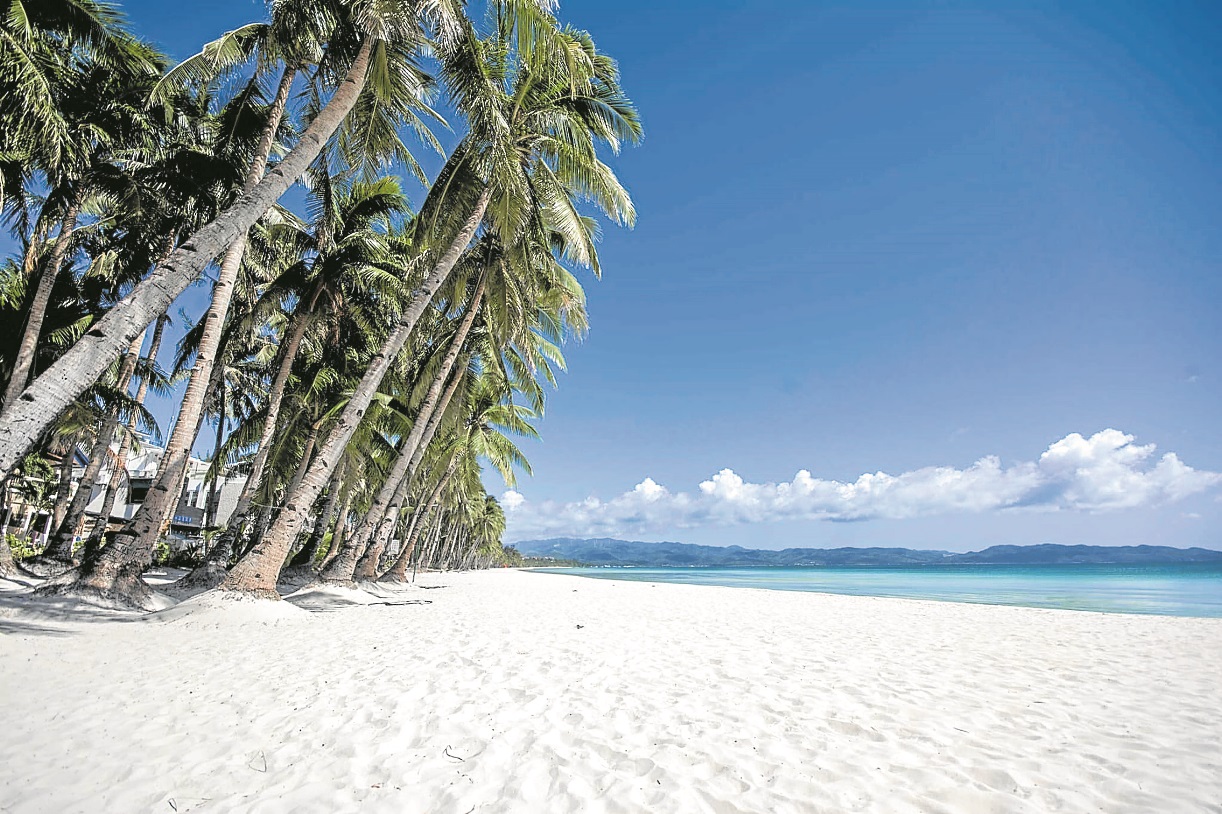Tourism has yet to recover in Asia and the Pacific, but a few green shoots can help us understand how best to heal the sector.
Even where the situation is improving, a slow recovery in tourism may have long-term impacts, including through business closures and delayed investment in physical infrastructure, such as hotels, restaurants, and transport. A slow recovery may also depreciate and hinder investment in human capital in the industry.
Speeding up the return of international tourists is thus an important policy objective, particularly for tourism-dependent economies. Valuable lessons can be learned from the experience of the last two years.
Tourist arrivals are only recovering where mandatory quarantines were lifted early on.
Maldives, for example, reopened to international travel in July 2020, ahead of other Asian destinations. A rapid vaccination campaign boosted confidence in visiting Maldives as 80 percent of tourism sector employees were fully vaccinated by mid-2021. As a result, tourist arrivals were back to prepandemic levels by the end of the year. The early removal of mandatory quarantines also led to increasing arrivals in Armenia, Georgia and Sri Lanka.

After months of being closed to tourists due to heightened community restrictions, Boracay Island began accepting tourists late last year. -Photos courtesy of Jack Jarilla
Other developing Asian economies lifted mandatory quarantines in the fourth quarter of 2021, for fully vaccinated tourists. This includes Cambodia and Singapore, where rebounds have been minimal so far. In Fiji, the rebound has been clearer, but tourist arrivals remain just around 25 percent of prepandemic levels.
Relaxing entry restrictions is not enough: tourists also need to be able to go back home without mandatory quarantine.
Tourists from Europe, North America, and India and Kazakhstan were able to resume traveling as quarantines were lifted upon their return home.
Since April 2021, residents in the United States only need to present a negative COVID-19 test result when returning home, and many countries in the European Union have relaxed testing requirements for vaccinated travelers. The rapid rollout and global recognition of the EU Digital Covid certificate also facilitated travel for tourists from Europe.
Even with relaxing restrictions imposed on tourists when getting back home, international flights were still down in the last quarter of 2021. Flights from Europe were down by 35 percent from the same quarter in 2019 and by 26 percent from North America. But flights from regions and countries that still enforced quarantines for returning travelers were down by more than 70 percent, as in Australia and New Zealand, East Asia and Southeast Asia.
Easier international mobility in origin economies contributed to the revival of tourism in Armenia, Georgia and Maldives. Tourist arrivals from western Europe, in particular, have been more resilient—notably in Maldives.
The share of Russian tourists increased to 17 percent in 2021 from 5 percent in 2019, but it is likely to fall this year due to the financial and economic crisis in the Russian Federation.

BORACAY / FEBRUARY 12, 2022 The sun sets at the famous beach of Boracay Island in Aklan, Visayas region. The government further eased the rules for foreign travelers as the Philippines opened its doors to fully vaccinated visitors from abroad, a move that is expected to spur tourism and businesses in the country and help the economy recover from two years of border closures and lockdowns. INQUIRER PHOTO / RICHARD A. REYES
Similarly, in Georgia, the share of tourists from western Europe and former Soviet Union countries (except Russia) also increased. And in both Maldives and Sri Lanka, the share of tourists from India increased as quarantine requirements were removed in October for vaccinated travelers returning home.
But destinations popular among tourists from East Asia, Southeast Asia and Oceania have not recovered.
For example, Thailand has not yet succeeded in reviving tourism, despite significant government efforts. The recovery of Thailand’s tourism industry will heavily depend on large Asian economies relaxing the restrictions they impose on outward mobility, in particular the People’s Republic of China, which accounted for 28 percent of tourist arrivals in 2019.
Experience from early reopeners suggests that some destinations will fare better than others when they reopen.
Since January, several Asian destinations have scrapped mandatory quarantines upon arrival, including India, Indonesia, Mongolia, Nepal and Vietnam. Experience from Asian economies that removed mandatory quarantines earlier suggests that destinations that have been popular with European tourists should recover more rapidly, including India, Nepal and Mongolia.
In contrast, even after lifting quarantine requirements, other destinations are likely to struggle as they largely depend on tourists from the People’s Republic of China and other large Asian economies that still enforce quarantines upon return. This is the case in several Pacific island countries, Cambodia, Indonesia, Malaysia, the Philippines, Singapore and Vietnam.
The last two years have shown that removing mandatory quarantines upon arrival is key to reviving tourism. And this is only possible where domestic vaccination rates are sufficiently high to protect the population. But this is not enough: there will be no full recovery in the region until all major regional economies relax restrictions for outbound travelers returning home. —By Jules Hugot and Reizle Platitas







